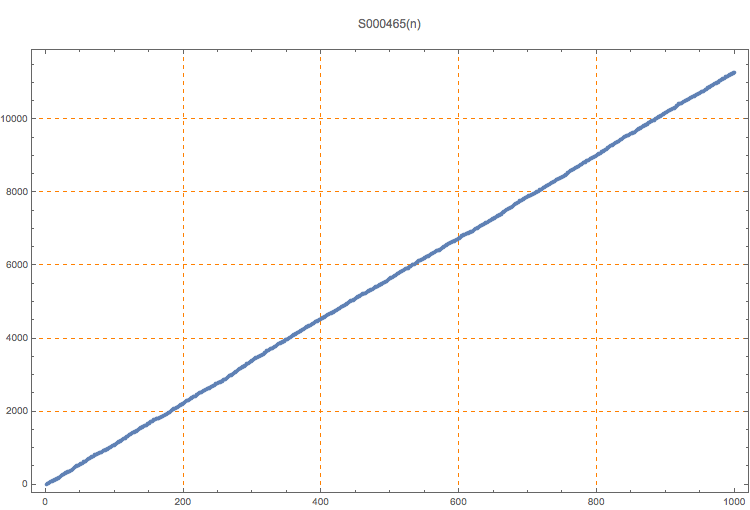Numbers n such that max(sfp(n), sfp(n+1), sfp(n+2)) = n, where spf(n) is the squarefree part of n.
7, 23, 26, 43, 47, 62, 74, 79, 97, 115, 119, 123, 134, 146, 151, 167, 170, 174, 187, 206, 223, 241, 259, 274, 278, 287, 295, 314, 323, 331, 341, 349, 359, 362, 367, 374, 386, 403, 422, 439, 458, 474, 494, 506, 511, 523, 527, 530, 538, 547, 566, 574, 583
1
Although Rouse and Yang do not consider this sequence, it is related to S000466 and S000467.
T. D. Noe, Plot of 1000 terms
T. D. Noe, Table of 1000 terms
Jeremy Rouse and Yilin Yang, Three Consecutive Almost Squares, arXiv 1502.00605 (Feb 02 2015).
Eric W. Weisstein, MathWorld: Squarefree Part
(Mma) sfp[n_] := Module[{p, e}, {p, e} = Transpose[FactorInteger[n]]; Times @@ (p^Mod[e, 2])]; Select[Range[1000], Max[sfp[#], sfp[# + 1], sfp[# + 2]] == # &]
Cf. A070258 (same but < n), S000466, S000467.
nonn
T. D. Noe, Feb 04 2015
